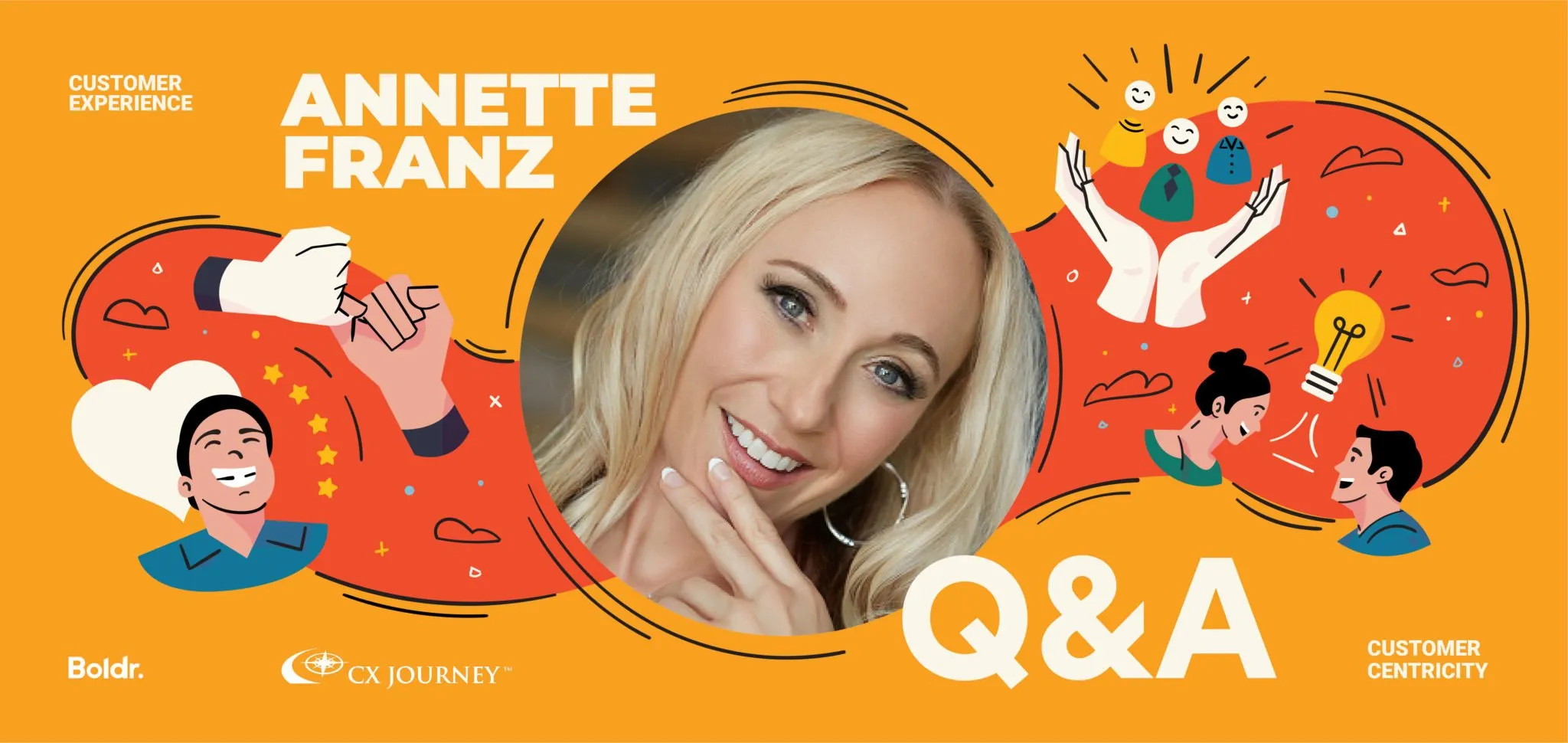There are two types of customer support reps you’ll encounter. One who prioritizes company policies over customer needs, and is eager to wrap up transactions to meet a performance metric. The other is focused on solving customer problems as thoroughly as possible, where the customer feels listened to and looked after at the end of every interaction. The former is focused on meeting a tactical goal, while the latter is directed at achieving a customer-centric goal.
Customer-centric support teams are vital to providing an excellent customer experience. One that creates and nurtures long-term relationships. Yet, when it comes to building a truly customer-centric support team, business leaders are torn between prioritizing people or achieving KPIs.
So, how do you design a support team and system that meets both?
We interviewed CX Leader, Ben McCormack, Technical Program Manager at FullStory to get his expert insights on the human side of customer support. Ben helps product companies value customer experience as critical to the success of their brand. He is passionate about customers and regularly writes about customer experience in his newsletter.
1. What do you think is the biggest roadblock for companies wanting to change their mindset as they transition from focusing on the numbers to focusing on people?
There are so many potential ways I could answer this.
Customer Support shouldn’t be siloed
Part of the problem with focusing on numbers is that in many organizations, it’s not always clear where support should live. Support is usually going to live within a department or silo. That silo is going to have its own numbers for which it’s accountable. But good support, if it’s in the service of the customer, is naturally going to serve the interests of multiple departments. Getting clear on what experience you want to deliver and what metrics will measure that experience is a good first step.
Numbers come from people
When it comes to changing your mindset from focusing on the numbers to focusing on people, you have to realize that the numbers come from the people. You have to figure out what really matters before you settle on the measurements that reflect what matters.
For example, FullStory really cares about truly listening to customers as a reflection of empathy, one of our core values. This means we might have a few additional back-and-forths with a customer over email because we’re spending energy trying to understand their problem. If we overly focused on a metric like First Contact Resolution (FCR), we could end up driving behavior that doesn’t align with our values. I cover this a good bit in the “Operationalizing the Watchwords.”
Pick what matters first. Then figure out how to measure it.
2. Can you briefly describe some key features of an environment where customer support agents can flourish?
The example I highlight above, operationalizing the watchwords, is one example. A few other things:
Avoid burnouts
I emphasized “out of queue time“, where a senior support team member will spend max 60% of their time in the queue and 40% on projects and strategic work. Almost all experienced support professionals have been in a job where they’ve gotten burned out. So to design a team and system that specifically avoids burnout is very attractive. It’s great for recruiting. Plus, when your job is changing all the time because you have new projects, you can continue to sink your teeth into, that’s good for individuals and the business.
Optimizing queue-based performance
Another thing was optimizing for queue-based performance and being clear on expectations of output, as defined in practice levels. This goes hand in hand with the “out of queue time,” though. We optimize for performance, but we’re careful in how we talk about it. We don’t have a team leaderboard, for example, preferring to share throughput metrics with individuals in 1:1s.
3. One of the biggest myths around outsourcing customer support is that it is detrimental to the in-house customer support team. What do you think are the key factors to consider when pursuing outsourcing, and what characteristics would you look for when selecting an outsourced CS team?
Find an outsourcing partner that invests in their people
The biggest thing: how do they care for their people? Is it a churn and burn shop or are they really investing in the people?
Investing in people can be hard. But when done right, it produces systems that are strategically aligned with what the outsourcing partner delivers. A lot of CX leaders looking for a BPO are going to be looking for headcount. That’s table stakes. But what are the other activities a BPO may be able to bring which strategically complement what your business intends to deliver in terms of customer experience? Those activities usually require people to some degree. So one of the ways the BPO can invest in its people is by setting them up to own the strategic activities outside of the queue.
For example, think of something as simple as ticket tagging and reporting for the product team. Every support team has that problem, but it can be hard to get right. It can be doubly challenging to figure out how it plugs into the product team. Investing in the people (not just software tools) which deliver on products insights is a great way for the BPO to invest in its people while also providing value-add for its clients.
That’s what I’d look for with a BPO: how is it investing in its people, and how does that investment strategically align with the CX we intend to deliver to our customers?
Thanks to Ben for answering these questions. If you’d like to learn more about Ben, you can follow him on LinkedIn.


